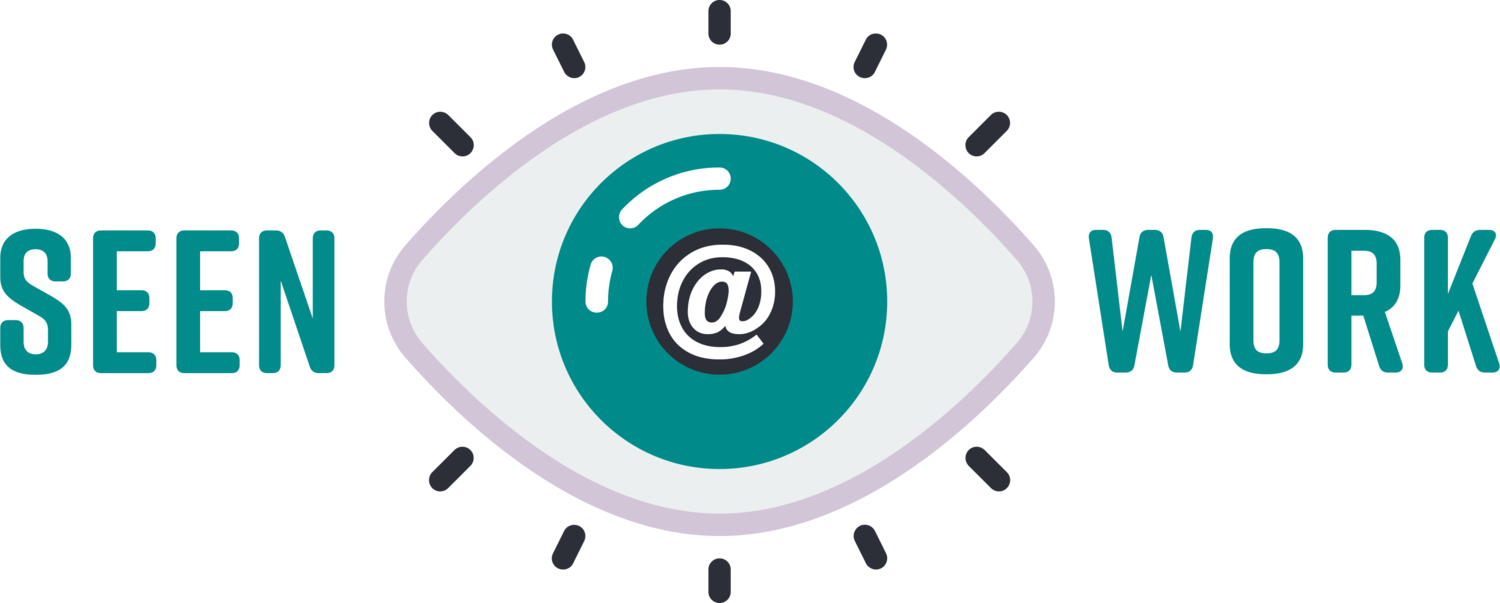What a Lizzo Song Can Teach Us about Inclusion in the Workplace
Let's talk about Lizzo.
If you're unfamiliar with Lizzo, one of the most popular artists on the rise right now, you're missing out. She's great and for the last few months, her song "Good as Hell" has been a staple in my Good Morning playlist. (Yes, I have a Good Morning playlist and I highly recommend you get one as well.)
What does this have to do with inclusion in the workplace?
Just the other day, I was asked to complete a survey for a networking event with potential employers. The answers to my survey would be sent to all of the employer representatives at the event. In the survey, I was asked: "What song best represents your life right now?" Immediately, Lizzo's "Good as Hell" was my answer. At that moment in my life, that song truly represented how I felt, but as I went to submit my response, I hesitated.
I often like to think that I am myself at work and yet at that moment, I considered editing myself, picking a song that would be more aligned with what those potential employers might expect.
Can you relate?
Not in the mood to read? Watch the video below instead!
Covering. It's the act of "downplaying or hiding certain aspects of yourself so as not to appear different." Coined by Kenji Yoshino in his book, Covering: The Hidden Assault on Our Civil Rights, covering is now a term used fairly often by diversity & inclusion professionals, myself included.
“Covering. It’s the act of “downplaying or hiding certain aspects of yourself so as not to appear different.”
If my experience of covering seemed familiar to you, you may be one of the 66% of women Yoshino found covered at work or perhaps you are one of the 79% of black employees or 83% of LGB individuals who said they cover in their workplace. In fact, many of us change and/or hide parts of ourselves to fit in at work (even 45% of straight white men reported covering). However, if you're a person of color or a member of a group that is underrepresented at your organization, you're more likely to cover.
You may be thinking, "This is interesting, but so what? Is it so bad that people don't know you're jamming out to Lizzo in the morning?"
You're right. In the grand scheme of things, my example is a very, very minor instance of covering, but it's important to consider that there are people out there who are going to great lengths to hide or change major parts of their identities just to feel more comfortable at work, and that can take a huge toll on their wellbeing and productivity.
In fact, in a study that followed the publication of Yoshino's book, researchers found that many survey respondents who felt the need to cover felt less connected to their colleagues and their companies, and were overall not as engaged at work as they would be otherwise.
Seen@Work Has Training Solutions to Help You Build an Inclusive Culture.
Schedule a Consultation today.
Fortunately, company leaders can take steps to make their organizations more inclusive. More inclusive cultures allow employees to spend less time covering and more time being productively engaged in work they find interesting and meaningful.
Here are three ways company leaders can begin creating a work culture that is more inclusive:
Make Space for Storytelling
Storytelling is a powerful way to build connection with other human beings. When companies offer spaces for storytelling, it can be a transformative way to build a more inclusive workplace.
Whether they offer opportunities at the beginning of a meeting, once a month during a company all-hands, or at quarterly events dedicated strictly to storytelling, organizations with structured time for sharing stories help employees build connections with each other. This encourages employees to feel more a part of their workplace community and culture.
Provide Support for Difficult Conversations
Difficult conversations may be difficult, but they're also extremely important, especially in spaces striving to be more inclusive. It can be challenging to share concerns when an action or experience feels uncomfortable or stifling.
Companies can support employees as they attempt to engage in difficult conversations by offering training and tools that give employees a common language and framework. Offering such supports also signals to employees that the culture cares about their perspective and their voice. When communicated effectively, frameworks for difficult conversations can also support employees as they give and receive feedback in performance evaluations and check-ins, reducing bias and encouraging open communication.
Invest in Employee Communities
When companies invest in employee communities, particularly those that allow employees to congregate, they send a clear message: you are valued here. When employees feel valued, they can become less concerned about covering who they are and more invested in bringing their unique perspective to their work.
Additionally, employee communities, like Employee Resource Groups (ERG's), often offer spaces for people to meet with people who share a similar identity. This can increase their sense of belonging and encourage an exchange of ideas and resources across functions and departments within a company.
Covering is exhausting, but if companies make an effort to build more inclusive workplaces, their employees won't have to waste precious time and energy on editing themselves. If organizations create inclusive environments, employees might just end up feeling, "Good as Hell" about where they work and how they show up to do it.
Build Community -
Retain and Engage Your Employees
Check out Seen@Work’s signature Circle Program.
Schedule a Consultation today.


